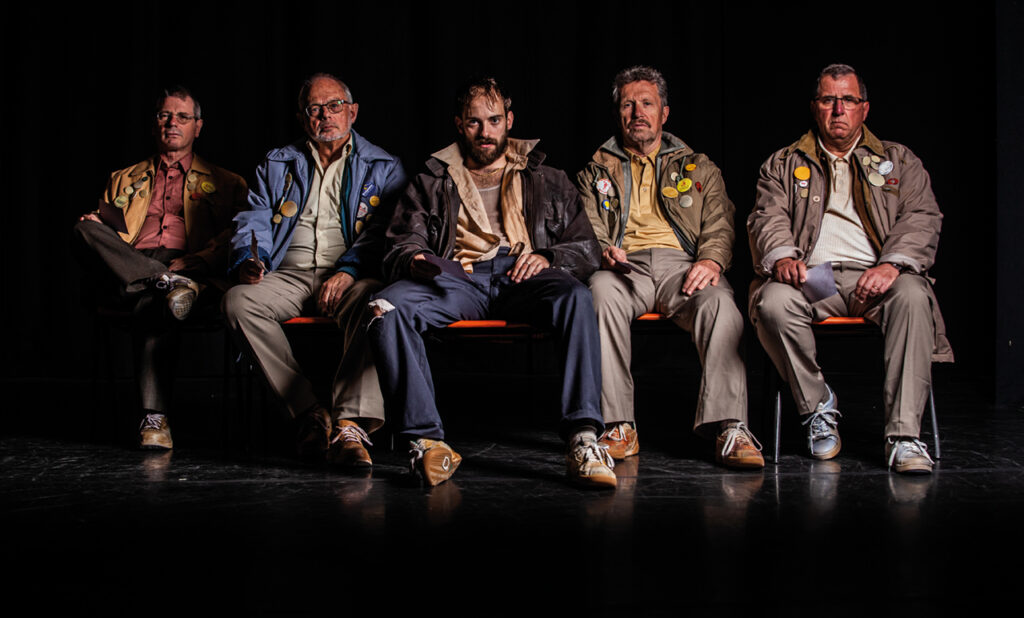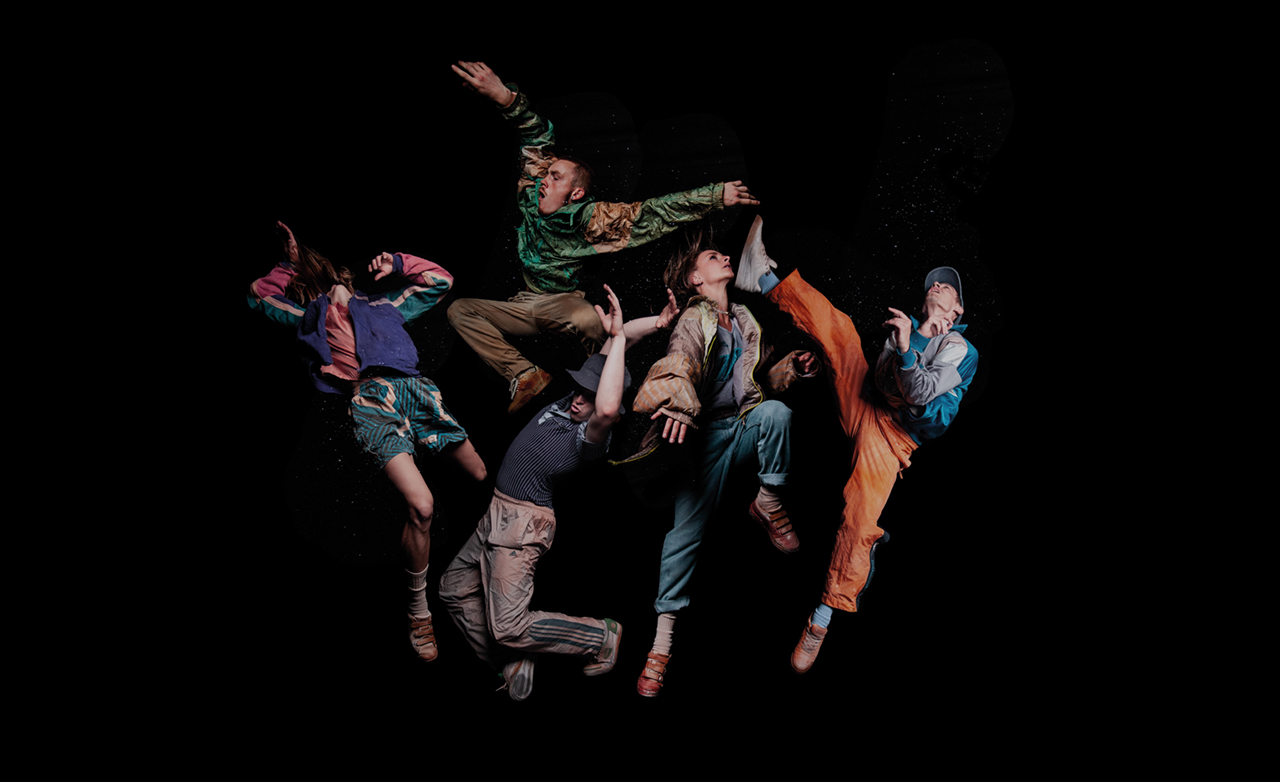Rave culture as survival
Gary Clarke saw first hand how the despair of deindustrialisation turned into euphoric raves in the North’s old warehouses and factories. The choreographer's new work dances to a modern beat
When choreographer Gary Clarke made Coal, marking the 30th anniversary of the miners’ strike, the hard realities of life at the coalface were memorialised with unique physicality.
“I am from the coal mining village of Grimethorpe – famous for Brassed Off – so have been connected to the mining industry, its community and its politics all my life,” says Clarke, one of the UK’s most highly regarded independent dance artists and choreographers.
In 1994 he joined friends and neighbours to witness the downfall of Grimethorpe Colliery, an act of ruination that not only marked another nail in the coffin of Britain’s mining industry but also added to the destruction of the working-class community that surrounded it.
Post-show discussions for Coal were always lively and one night a question was raised by a familiar face in the crowd – Clarke’s older brother David, who asked: “What happened to the next generation?” Clarke set out to answer David’s somewhat rhetorical question the only way he knew how – through dance.
“My brother was a big illegal raver who travelled the length and breadth of the country for days bouncing from one rave to another and I quickly followed him, until raves became nightclubs and then things changed,” he says.
Wasteland explores that time when despair turned into euphoria as the ravaged landscape of post-industrial Britain was transformed.
“The death of the coal mining industry chimed with the rise of UK rave culture. These two seemingly opposing events were in fact, socially and politically entwined,” Clarke points out. “Rave culture gave us the opportunity to escape these grim and grey realities and into a new world of expressive music and hardcore dance where the ravaged landscape of derelict warehouses and abandoned work spaces become our home for a new-found community. In essence, the rave culture was a survival technique.”
Based on his own experience, and on many hours of interviews with former miners and people who found escape through an alternative subculture, Wasteland looks at how two different generations coped in this turbulent era of radical upheaval.
“Wasteland acts as a sequel to Coal and, as the coal dust settles, looks at what happened 10 years later in these post-industrial towns and villages and how a new political youth movement grew from this,” says Clarke of his attempt at capturing these pivotal times and the people who lived it to draw a parallel with the world we live in now.
“What happened politically to the coal miners in the 1980s happened to the ravers in the 1990s, where suddenly we saw a naïve youth movement turn into a strong political force through acts like the Kill the Bill campaign and the Freedom to Party demonstration.”
By studying the movement of rave captured in archive footage, Clarke takes something improvised, spontaneous and free, and transforms it into a structured but still exhilarating form of theatre.

“Physical, hard, repetitive, repetitive, repetitive,” is his professional assessment of the dance moves associated with rave. They sparked a firm belief in him that dance has the power to transform lives and communities.
“I guess I owe my career to the rave and dance culture as it gave me a space to express my inner frustrations and feelings on the dance floor. I guess that’s why my work is so emotionally and politically charged now.”
Clarke’s blistering physical dance language is performed by a company of dancers and a cast of four singers, unique to each venue, from local and surrounding communities, playing the role of the Pit Men Singers. Also on stage will be two brass musicians, specially selected for every venue from the 14 championship brass bands that played an important role in Coal.
“It is loud and proud, hot, sweaty, and urgent, typically working class and wears its heart on its sleeve,” he says.
But as much as Coal and Wasteland tap into nostalgia, Clarke is aware of the need to move conversations forward.
“Coal mining, and what it stood for, has lost its place in society and we have to remember this,” he says, pointing out that the plan to open a new deep coal mine in Cumbria is at odds with our environmental priorities. “It was never just coal mining, back in the day – it was a way of life. The Cumbrian coal mine will face huge backlash and controversy because of how far we have come.”
As for youth cultures, does he think any subcultures today capture what the rave scene did?
“I think there are many. The youths of today are really good at carving out new musical territory and the arrival of digital platforms and social media just constantly catapults that forward at accelerating speed,” he says. “They are politically plugged in, but I feel we have not had a major youth, political, uprising movement since the 1990s simply because I think people can do it in different ways now.
“Back when technology was not around, people had to congregate, to get together, to feel the mass of the crowd, to create a movement, to create a voice. Now it can be done with a click of a button and I guess on some level I feel we have lost face-to-face human urgency. But I could be wrong. I could just be getting old.”
